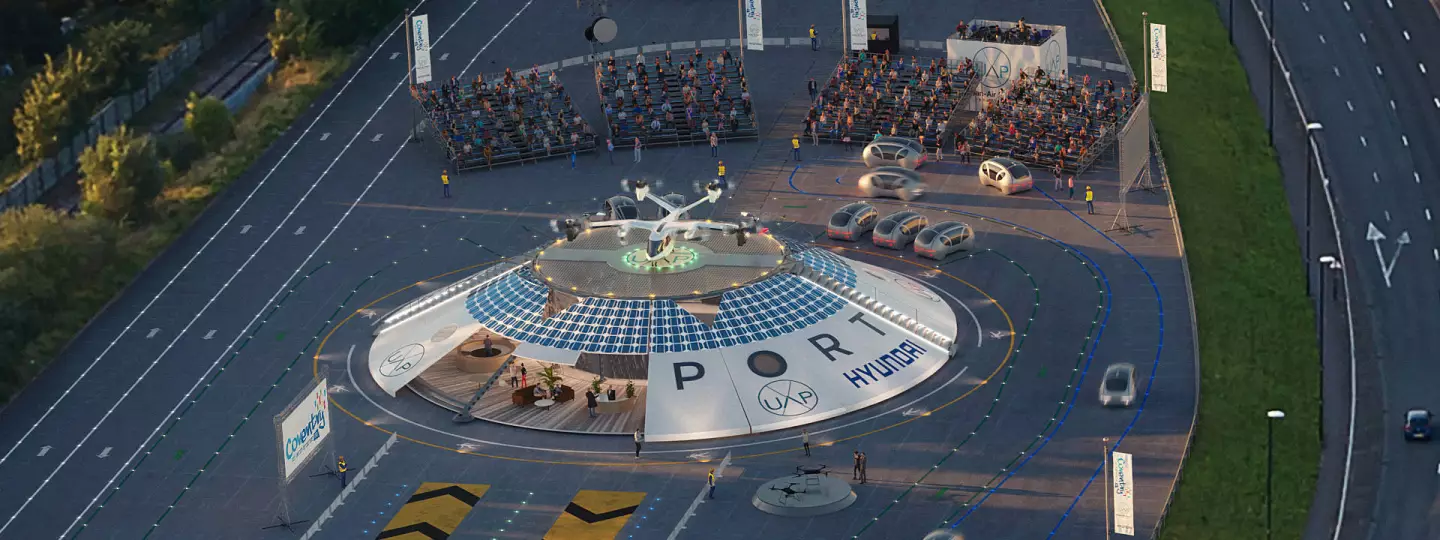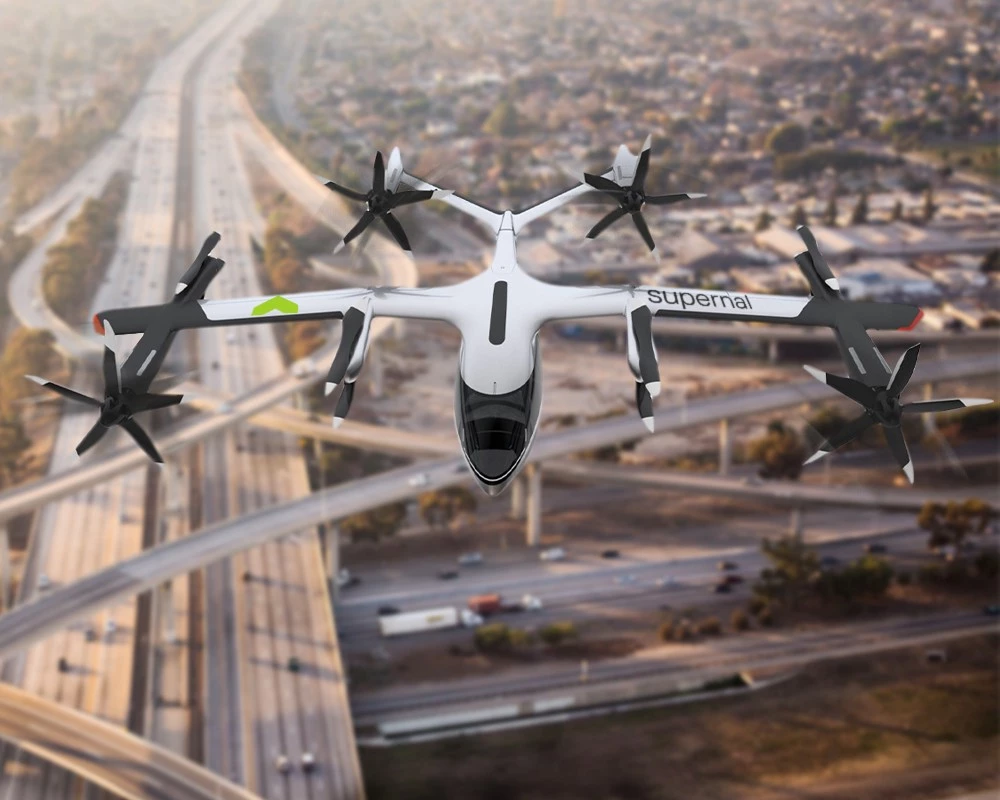We've known for some time that Hyundai is making some serious moves to break into the eVTOL air taxi market, and now it's spun off a company dedicated purely to air mobility. Supernal expects its electric VTOL aircraft to enter service in 2028.
The dictionary says Supernal means "celestial, or pertaining to the sky, or of exceptional quality or extent" – and coming to us through latin, it's got a bit of a biblical slant to it. Indeed, the only place I've personally ever heard it used before is in a Christmas carol, Unto Us is Born a Son, which is also memorable for the fact that it's one of very few carols to have a baby slaughter section in the lyrics.
At least it's a little harder to misspell in English than Hyundai, though, and with the new branding comes a few hints as to what Supernal's got cooking. Not just one eVTOL aircraft, "a family of electric air vehicles."

And not just aircraft for sale, either. Hyundai group's vision is one of a total multi-modal transport ecosystem, all linked, coordinated and booked through a single app. You might take an electric scooter from the office to the vertiport, then an eVTOL over the top of city traffic, then a rideshare car to your door. Hyundai, through its many subsidiaries, wants to build all the individual pieces and link them together with smart software to control the user experience end-to-end.
Doing so could be a hedge against a fast-approaching era of autonomous vehicles, in which car ownership will stop making a whole lot of sense and mobility becomes more of a service than a product for many people.
With offices is Washington D.C. and across California, Supernal is getting heavily involved in the legal and political side of air mobility in the USA. It's also working on swarm and air traffic control.
Supernal's first aircraft, it says, will not begin the certification process until 2024 – when bleeding-edge companies like Joby Aviation are planning to start their services. Supernal doesn't expect to be flying customers anywhere until 2028. But while first-mover status is exciting, there are also benefits to hanging back a little with brand new technologies like this.

One thing the company may be waiting for here is the ability to run passenger missions autonomously – Supernal says its aircraft will be autonomous-capable from day one. Another, and we're reaching here, might be the maturity of hydrogen fuel cell systems. South Korea, as well as Japan, are famously bullish on building a "hydrogen economy," and Supernal lists hydrogen powertrain specialists HTWO as one of its key partners in the air mobility venture. Mind you, it's also working on high power/high density lithium batteries.
The company wants to make the most of its high-volume automotive manufacturing heritage, with as much automated production as is practical. It's working with Boston Dynamics to "improve all aspects of [its] supply chain and operations," and says it's gearing up to produce eVTOLs "at an unprecedented rate for the aerospace industry."
Check out a needlessly smug video below.
Source: Supernal








